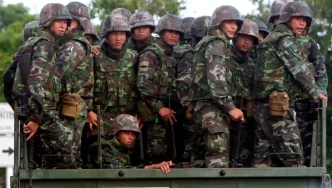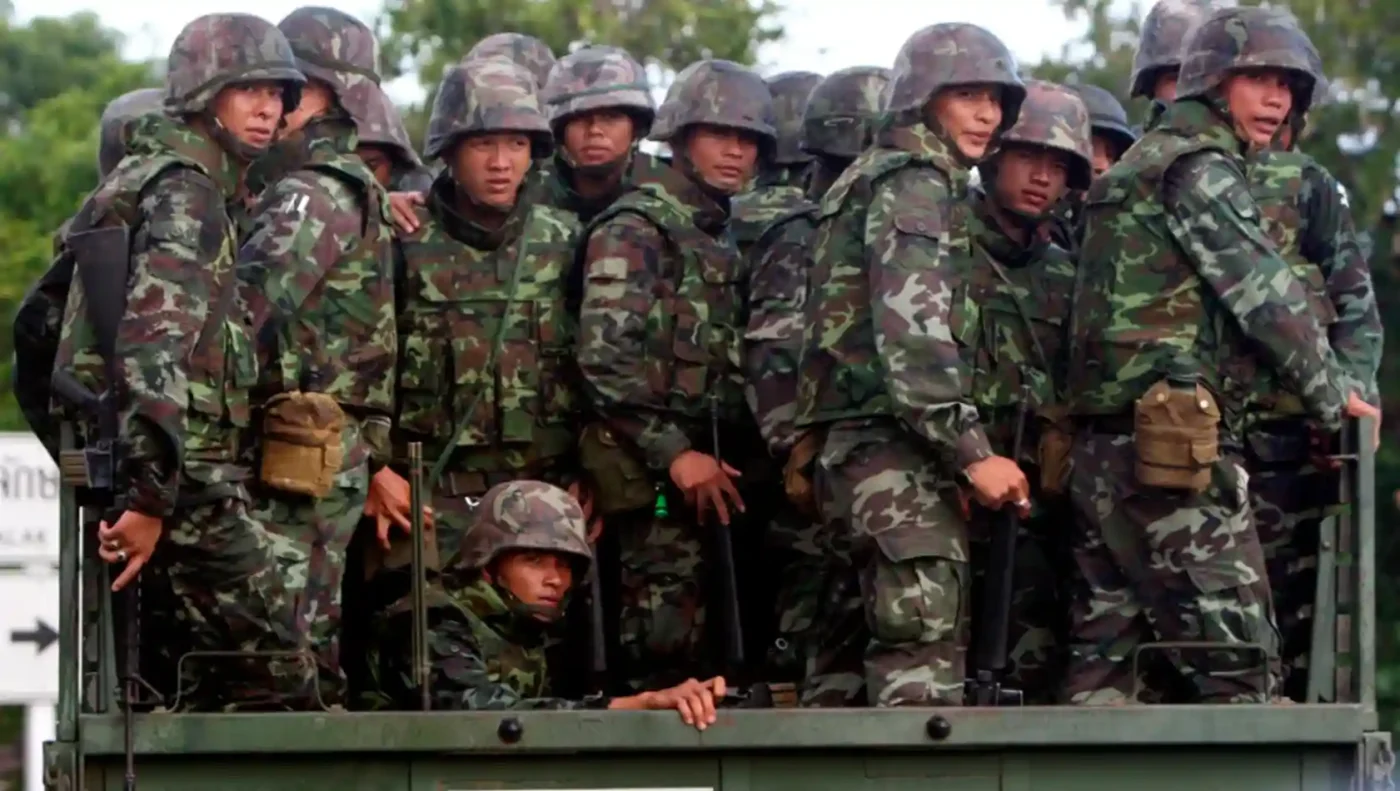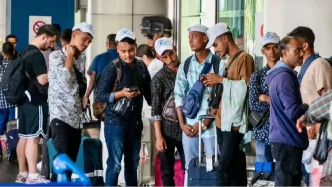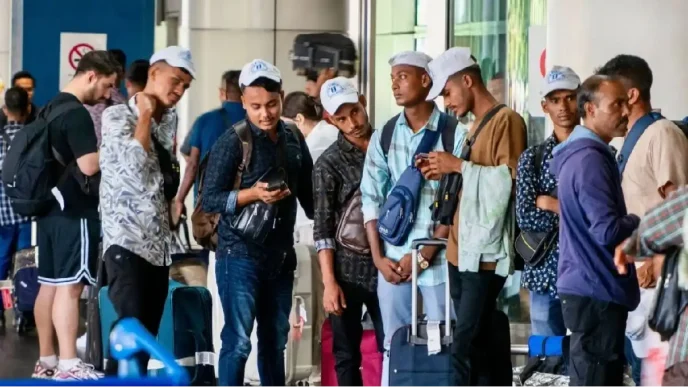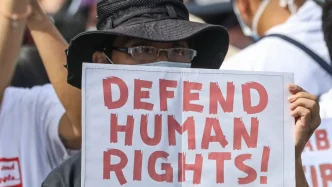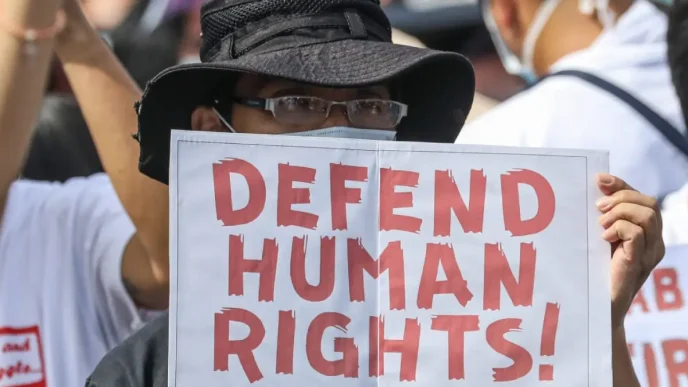Thailand has reiterated its unwavering stance on maintaining sovereignty over a disputed district along the Thai-Cambodian border, even as it withdraws troops from the area, according to Defence Minister Sutin Klungsang. This development comes amidst heightened regional instability, with the Thai military also closely monitoring violent clashes in Myanmar’s Dawei Township, raising concerns about spillover effects across Southeast Asia’s porous borders.
Border Dynamics with Cambodia
The Thai-Cambodian border has long been a flashpoint for territorial disputes, with overlapping claims dating back decades. The district in question, located in Thailand’s eastern region, has seen periodic tensions, often exacerbated by historical grievances and differing interpretations of colonial-era maps. Defence Minister Sutin emphasized that the troop withdrawal is a strategic repositioning, not a concession of sovereignty. “Our commitment to protecting Thai territory remains absolute” he stated, underscoring that military presence would be adjusted based on ongoing diplomatic talks with Cambodia.
This move follows a series of bilateral discussions aimed at de-escalating tensions, though no permanent resolution has been reached. Analysts suggest that Thailand’s decision to reduce its military footprint in the area may be an attempt to foster goodwill while maintaining a firm stance on territorial integrity. However, local communities near the border express unease, fearing that a reduced military presence could embolden cross-border incursions or illegal activities such as smuggling.
The Thai government has assured residents that surveillance and border security measures, including advanced monitoring technology, will remain robust. Yet, skepticism persists among border villagers, many of whom rely on cross-border trade for their livelihoods. “We want peace, but we also need protection” said a local trader from Trat province, highlighting the delicate balance between diplomacy and security.
Monitoring Myanmar’s Unrest in Dawei Township
Simultaneously, Thailand’s military is keeping a close watch on escalating violence in Myanmar’s Dawei Township, located in the Tanintharyi Region along the Andaman Sea. Clashes between Myanmar’s military junta and resistance forces have intensified in recent weeks, with reports of civilian displacement and infrastructure damage. Given Dawei’s proximity to Thailand’s southern border, Thai authorities are on high alert for potential refugee inflows or cross-border skirmishes.
Dawei, a strategically significant port town, has been a focal point of resistance against Myanmar’s military regime since the 2021 coup. The ongoing conflict has disrupted trade routes and heightened humanitarian concerns, with thousands displaced within Myanmar. Thai military officials have stated that they are prepared to respond to any spillover, including bolstering border patrols and coordinating with humanitarian agencies to manage potential refugee arrivals.
“We are monitoring the situation closely to ensure it does not affect Thai soil” a military spokesperson affirmed. While no immediate incursions have been reported, the Thai government is wary of the broader implications of Myanmar’s instability, particularly as it grapples with its own internal security challenges in the southern provinces.
Regional Implications and Thailand’s Balancing Act
Thailand finds itself navigating a complex geopolitical landscape, balancing domestic priorities with regional responsibilities. The Thai-Cambodian border issue, while currently managed through dialogue, remains a potential trigger for wider conflict if mishandled. Historical skirmishes, such as the 2011 clashes over the Preah Vihear temple, serve as a reminder of how quickly tensions can escalate. Both nations have since committed to peaceful resolutions under the ASEAN framework, but mutual distrust lingers.
Meanwhile, Myanmar’s spiraling civil conflict poses a more immediate humanitarian and security challenge. Thailand, as a frontline state, has already hosted tens of thousands of Myanmar refugees fleeing violence in border regions like Kayin and Shan states. The situation in Dawei adds another layer of complexity, as Thailand seeks to prevent further strain on its resources while maintaining border stability.
Experts note that Thailand’s response to these dual challenges reflects its broader foreign policy of non-interference tempered by pragmatic self-interest. “Thailand is walking a tightrope” said Dr. Pavin Chachavalpongpun, a Southeast Asia political analyst based in Kyoto. “It must protect its borders and citizens while avoiding entanglement in Myanmar’s internal conflict or alienating Cambodia over territorial disputes.”
Economically, the unrest in Myanmar and lingering border issues with Cambodia could impact Thailand’s trade and tourism sectors, both of which are critical to its post-pandemic recovery. Cross-border trade with Cambodia, valued at approximately 100 billion Thai Baht (US$2.8 billion) annually, faces risks if tensions flare. Similarly, instability near Dawei could disrupt maritime trade routes in the Andaman Sea, a vital corridor for Thailand’s southern economy.
Public and Political Reactions
Domestically, the Thai government’s handling of these issues has drawn mixed responses. Opposition lawmakers have criticized the troop withdrawal from the Cambodian border as a sign of weakness, urging Prime Minister Srettha Thavisin to adopt a tougher stance. “Sovereignty is non-negotiable” declared a spokesperson for the Move Forward Party, echoing sentiments among nationalist factions.
Conversely, progressive voices advocate for a diplomatic approach, arguing that militarization of border disputes risks unnecessary escalation. Public opinion, particularly among border communities, appears divided, with some prioritizing security and others hoping for economic cooperation with neighboring countries.
On the Myanmar front, Thai civil society groups have called for a more proactive humanitarian response, pressing the government to prepare for potential refugee surges from Dawei. Past influxes have strained local resources in border provinces like Ranong and Kanchanaburi, prompting debates over Thailand’s capacity to absorb additional displaced persons.
Looking Ahead: Stability or Uncertainty?
As Thailand navigates these twin challenges, the path forward remains uncertain. The Thai-Cambodian border dispute, while currently contained, requires sustained diplomatic engagement to prevent future flare-ups. ASEAN’s role as a mediator could prove crucial, though the regional bloc’s consensus-driven approach often limits decisive action.
Similarly, the situation in Myanmar’s Dawei Township underscores the broader fragility of Southeast Asia’s border regions. With no end in sight to Myanmar’s civil conflict, Thailand must brace for potential spillover while advocating for regional solutions to address the root causes of instability.
For now, Thailand stands firm on its sovereignty along the Cambodian border and vigilant over Myanmar’s unrest. Yet, as regional tensions simmer, the kingdom’s ability to balance security, diplomacy, and humanitarian concerns will be tested in the months ahead. How these dynamics unfold could shape not only Thailand’s borders but the stability of Southeast Asia as a whole.

